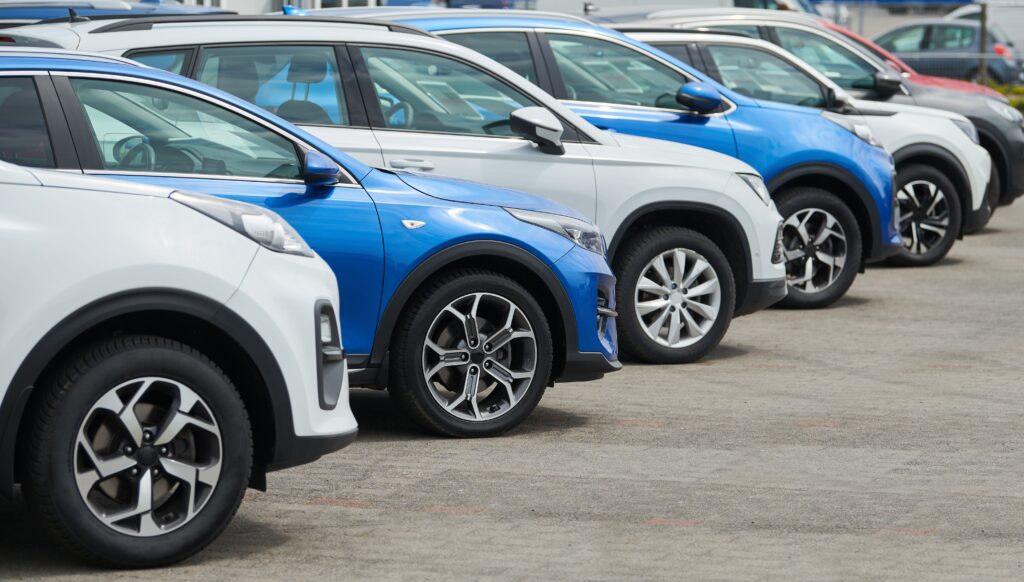No New Cars Under $20,000: This Price Point Will Vanish by 2025

Table of Contents
Over the past few years, the landscape of affordable new cars has dramatically changed. In 2020, consumers could choose from 17 different models priced under $20,000. However, this number has rapidly decreased. By the end of last year, it was down to six. A few months ago, there were only four. With the recent announcements of the discontinuation of the Mitsubishi Mirage, Kia Forte, and the expected end of the Nissan Versa next year, the Hyundai Venue is left as the last new car in the U.S. market priced under $20,000, starting at $19,900, excluding a $1,395 delivery charge.
The Hyundai Venue is a basic, no-frills vehicle, offering an average driving experience. It’s not particularly fast or exciting but serves its purpose as an affordable option. Unfortunately, it stands alone in a shrinking market segment.
The Disappearance of Budget-Friendly Cars
Several factors contribute to the disappearance of low-cost cars. The primary issue is the consistent increase in vehicle prices over the past four years. Many models that used to be affordable have seen price hikes that push them well beyond the $20,000 mark. Additionally, automakers have phased out several small, economical models, leaving a void in the market that has yet to be filled.
In 2024, the new car market presents significant challenges for buyers. Average transaction prices remain high, interest rates are elevated, and monthly payments have increased. This financial strain makes it difficult for many to afford new vehicles, especially when considering the lack of affordable public transportation alternatives.
The End of an Era: Affordable New Cars
The trend of discontinuing low-margin budget cars continues. The end of production for the Nissan Versa, Mitsubishi Mirage, and Kia Rio by 2025 marks the conclusion of an era for affordable new vehicles. These cars represented some of the last accessible options for buyers seeking new cars at a lower price point.
Despite a slight decline in average transaction prices from the record highs of late 2022, the current average of $44,857 as of June 2024 is still prohibitively high for many consumers. This price is a stark contrast to what vehicles like the Nissan Versa used to offer, which started as low as $17,255.

What’s Left for Budget Buyers?
As the availability of sub-$20,000 cars dwindles, options for budget-conscious consumers are limited. The Chevrolet Trax stands out as a relatively affordable choice at $21,495. Redesigned for 2024, the Trax offers a more substantial and attractive package than its predecessors, but it is still more expensive than the disappearing under-$20,000 deals.
The rising costs of new cars have pushed many consumers to explore the used car market. However, even used car prices have surged due to increased demand and supply chain disruptions caused by the COVID-19 pandemic. This situation leaves many prospective car buyers in a difficult position, struggling to find affordable transportation.
Moreover, the financial burden of owning a car has extended beyond just the purchase price. Maintenance costs, insurance premiums, and fuel expenses have also risen, adding to the overall cost of car ownership. For many working-class Americans, this means dedicating a significant portion of their income to transportation costs, sometimes more than their housing expenses.
Prices Looking Forward
The future of affordable new cars looks uncertain. As automakers continue to focus on higher-margin, more expensive models, the gap in the market for budget-friendly vehicles remains unaddressed. The market for affordable new cars has shifted significantly, leaving few options for those seeking budget-friendly vehicles. The discontinuation of these models signals a major change in the automotive industry, presenting financial challenges and fewer choices for many consumers.









